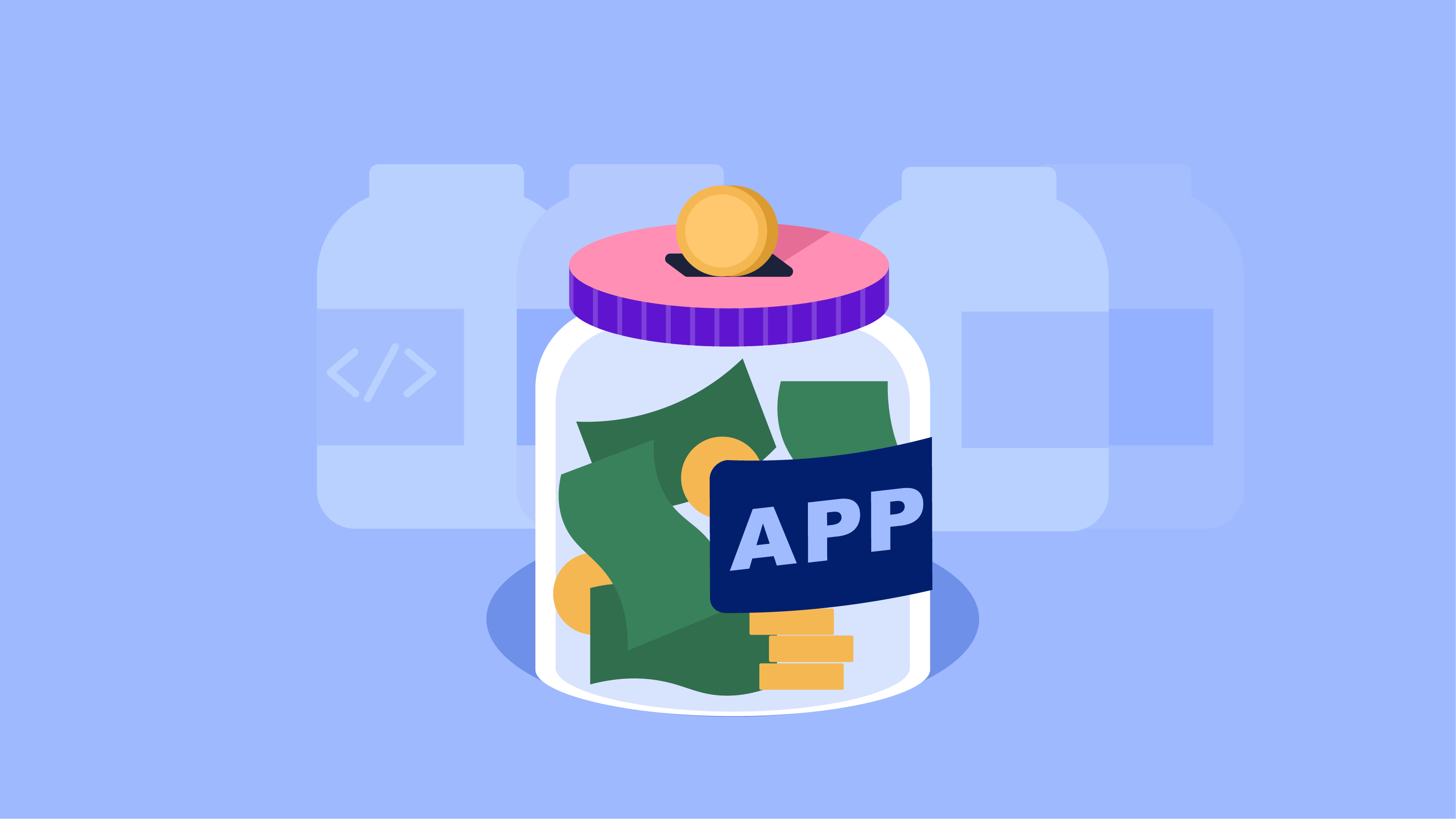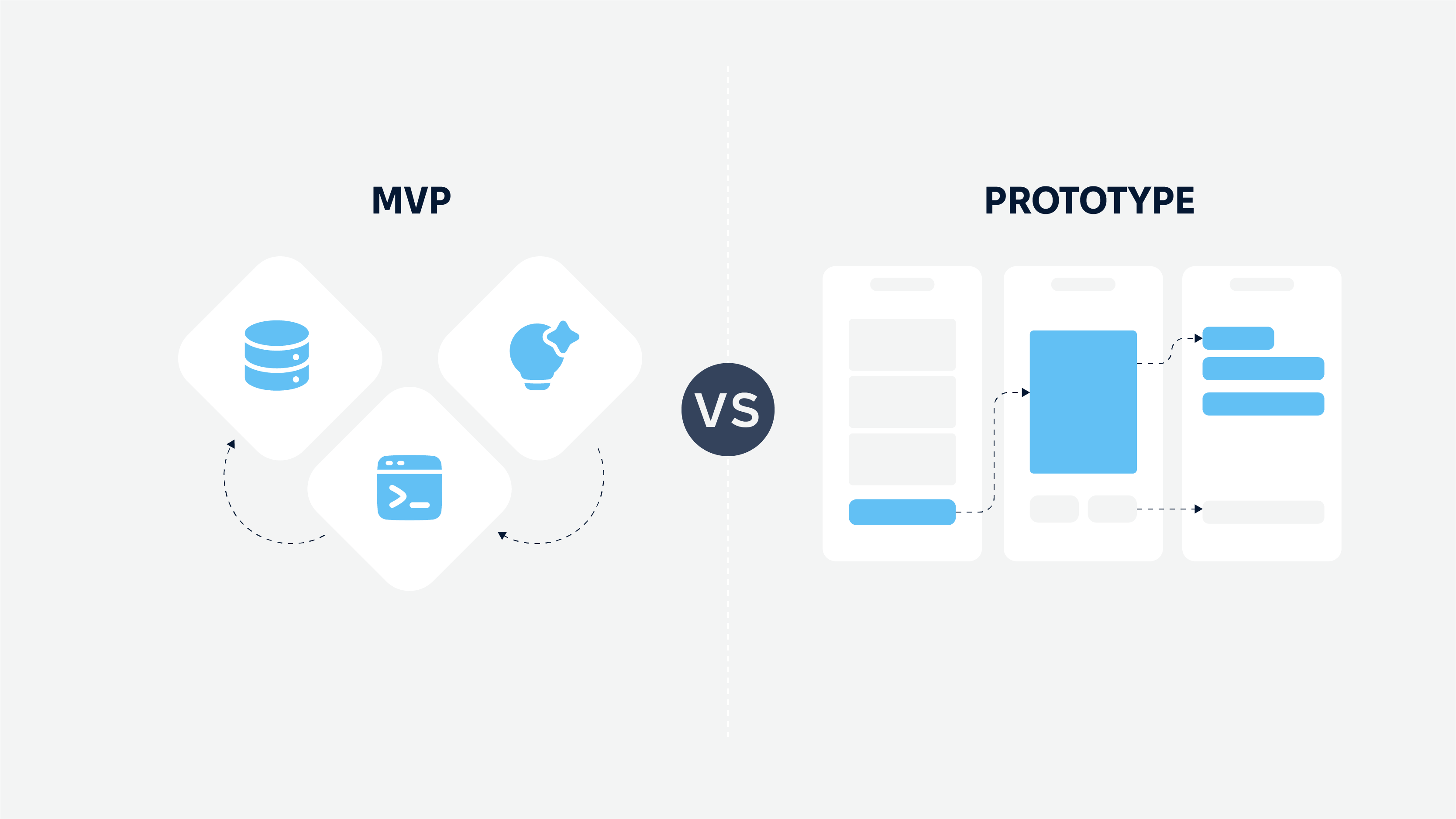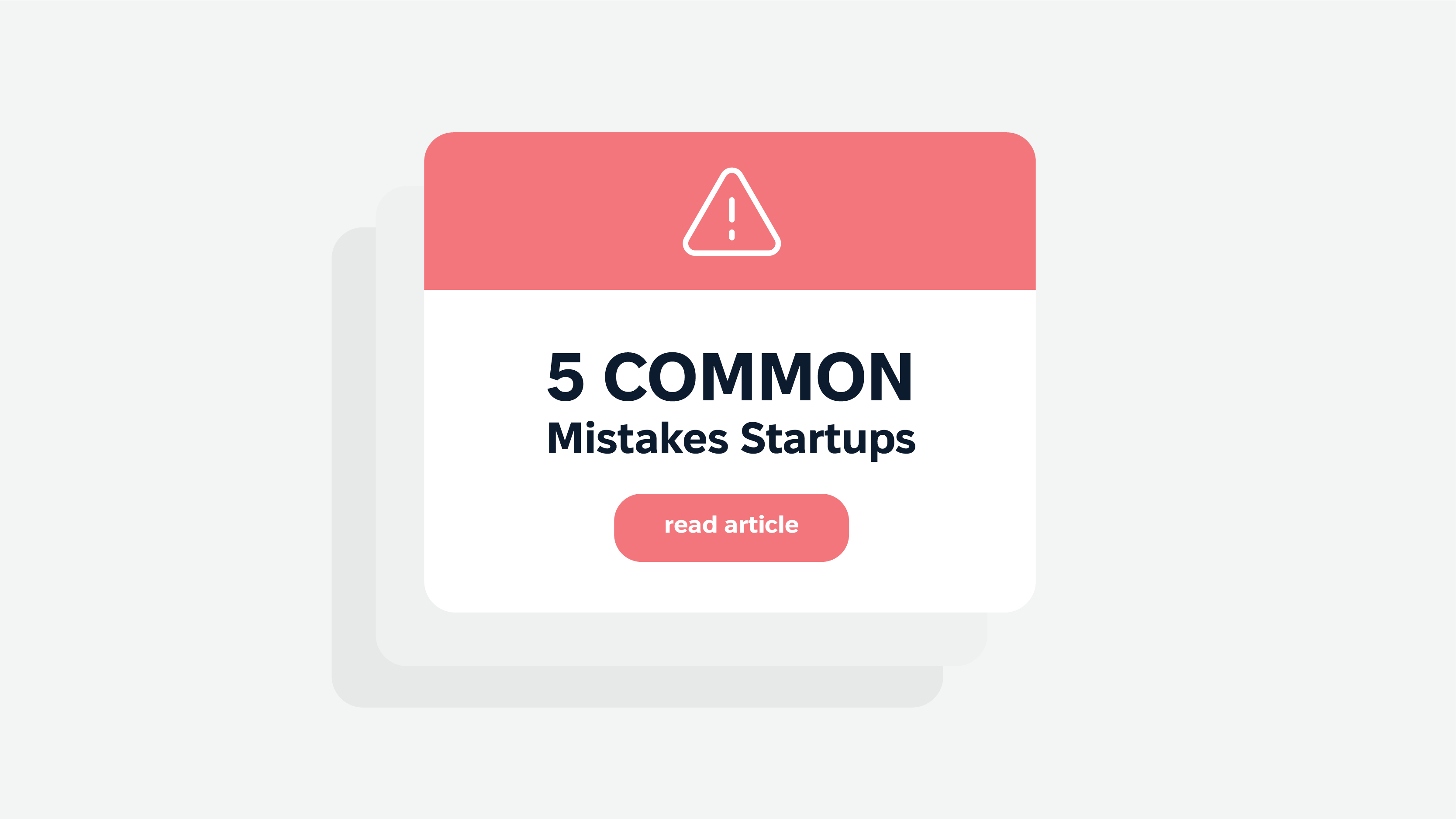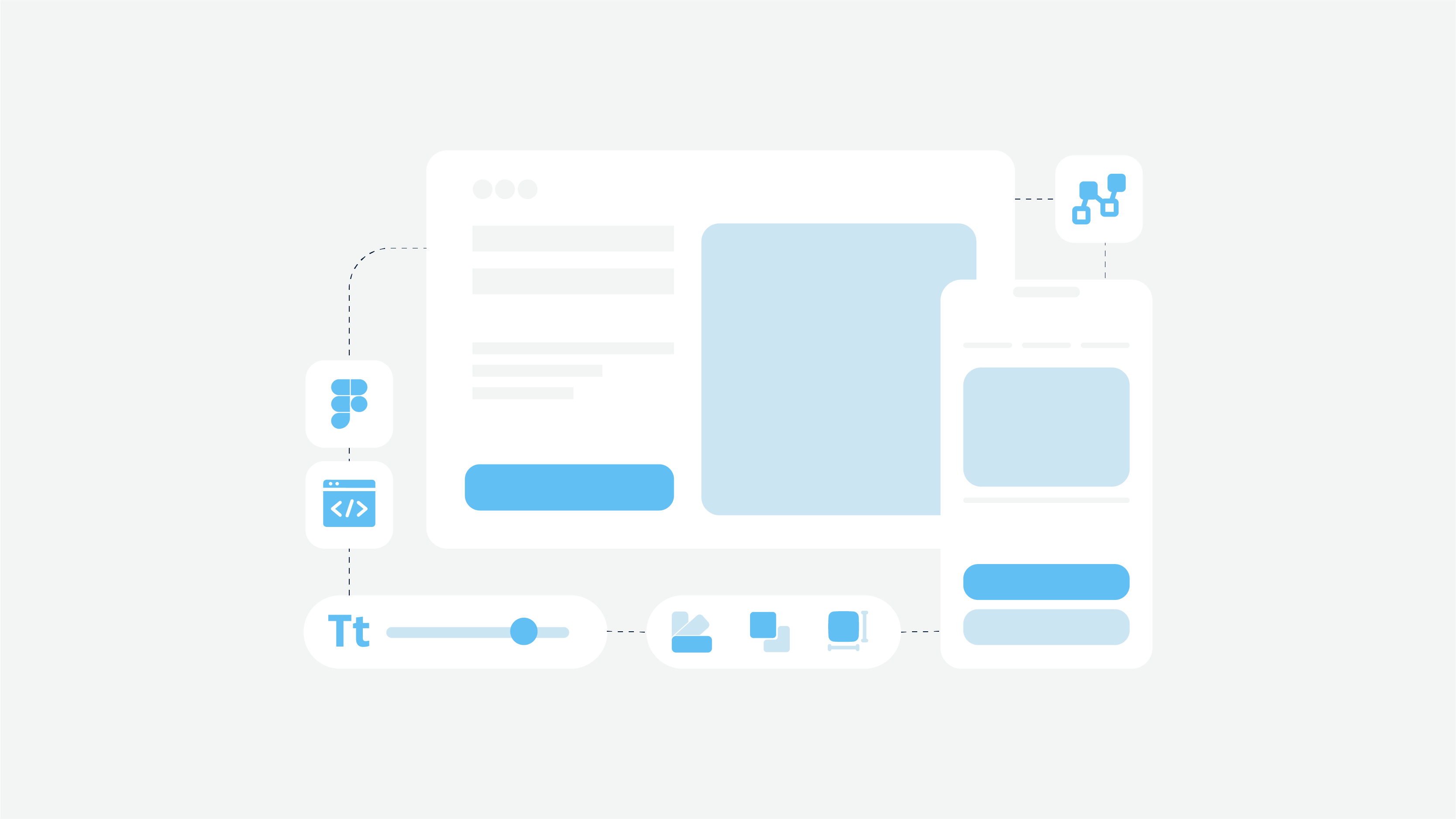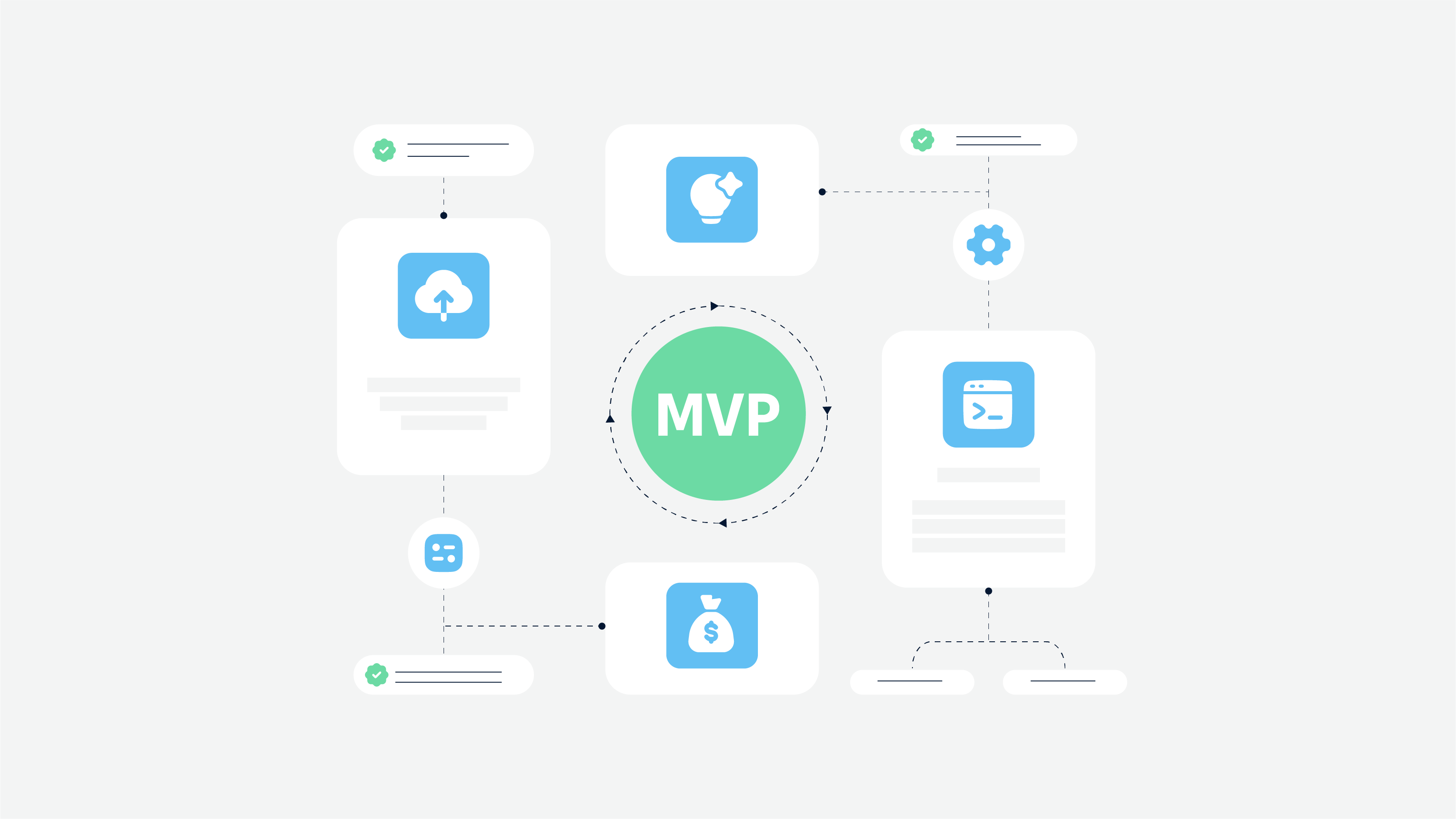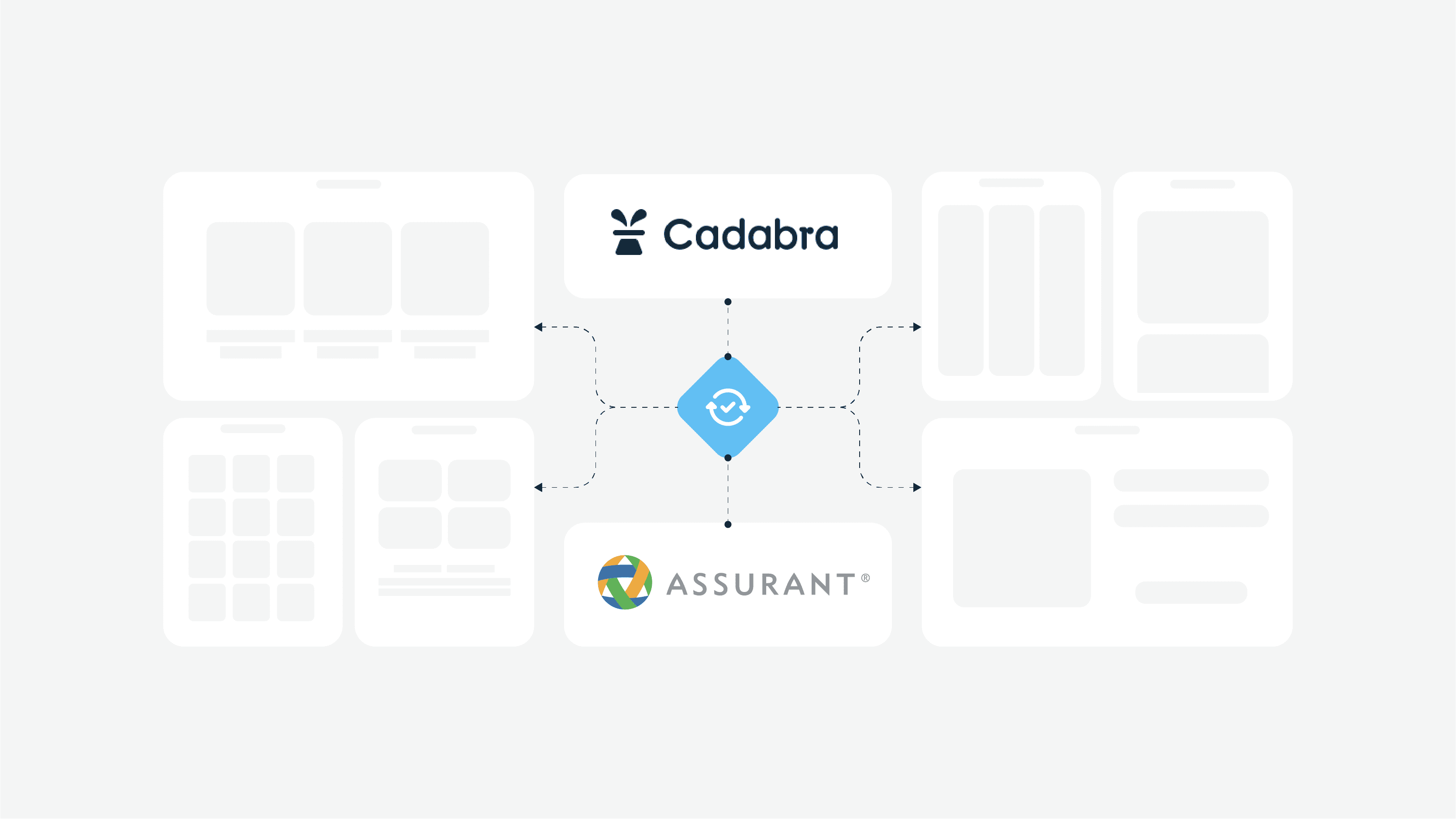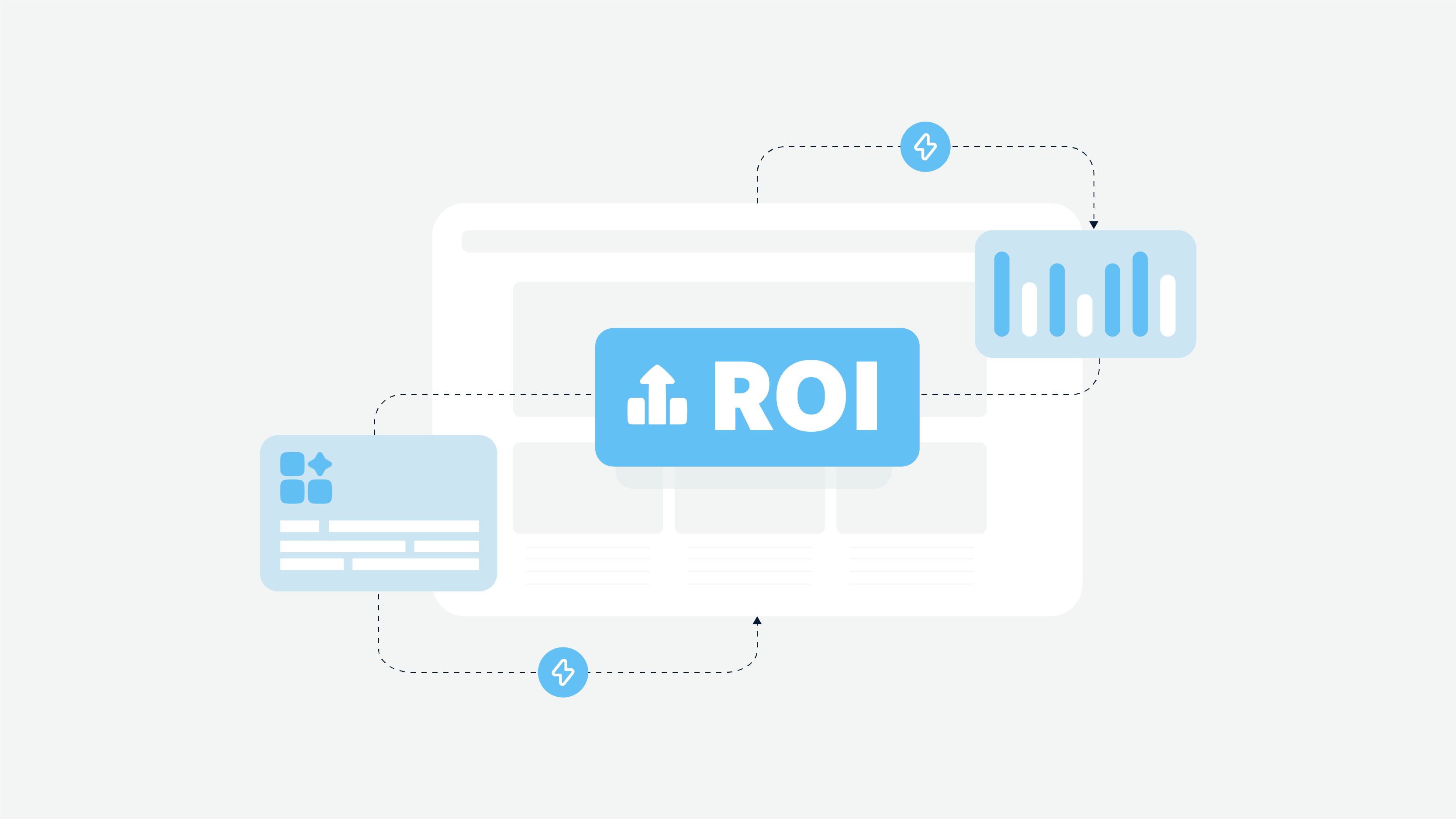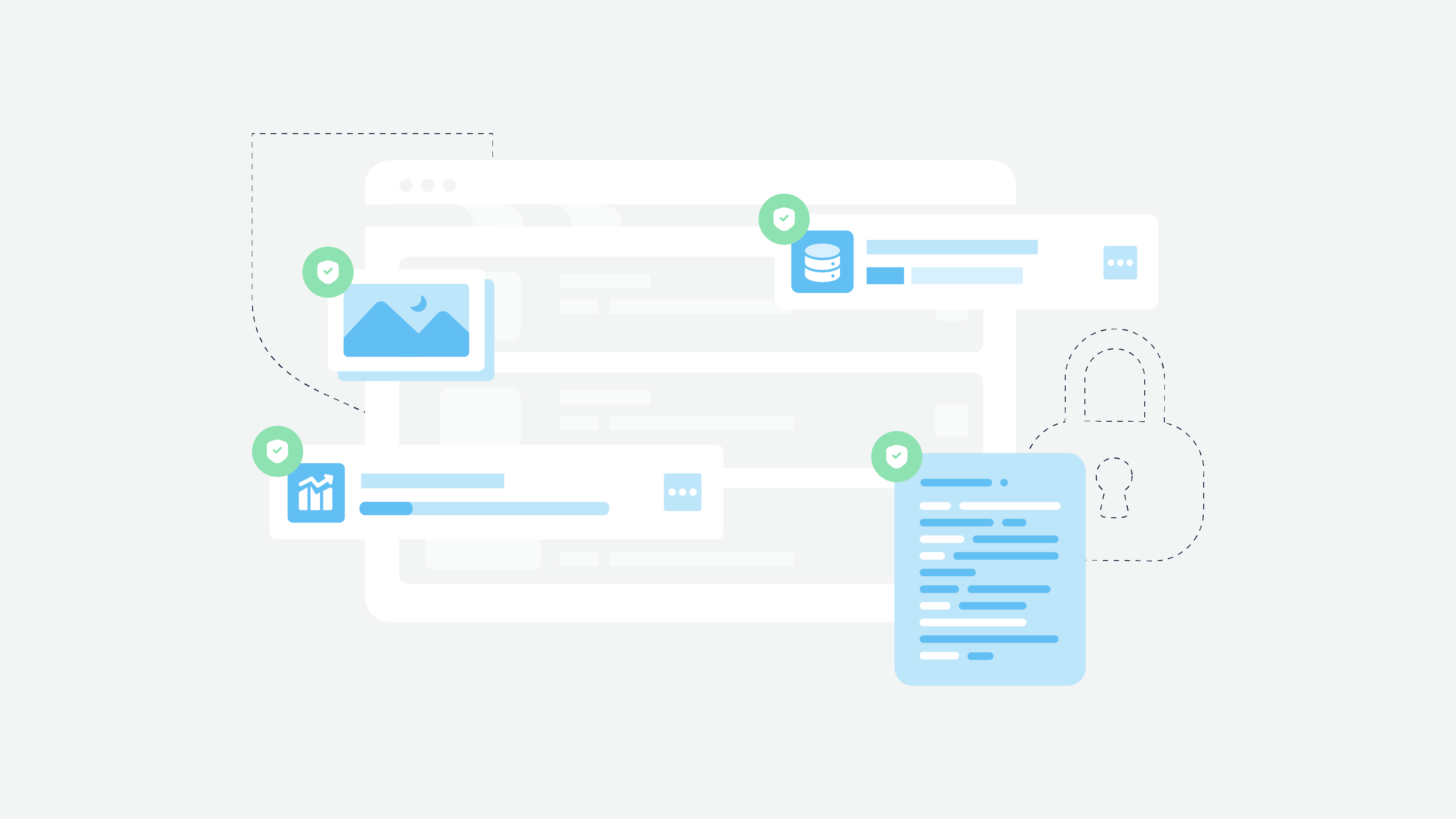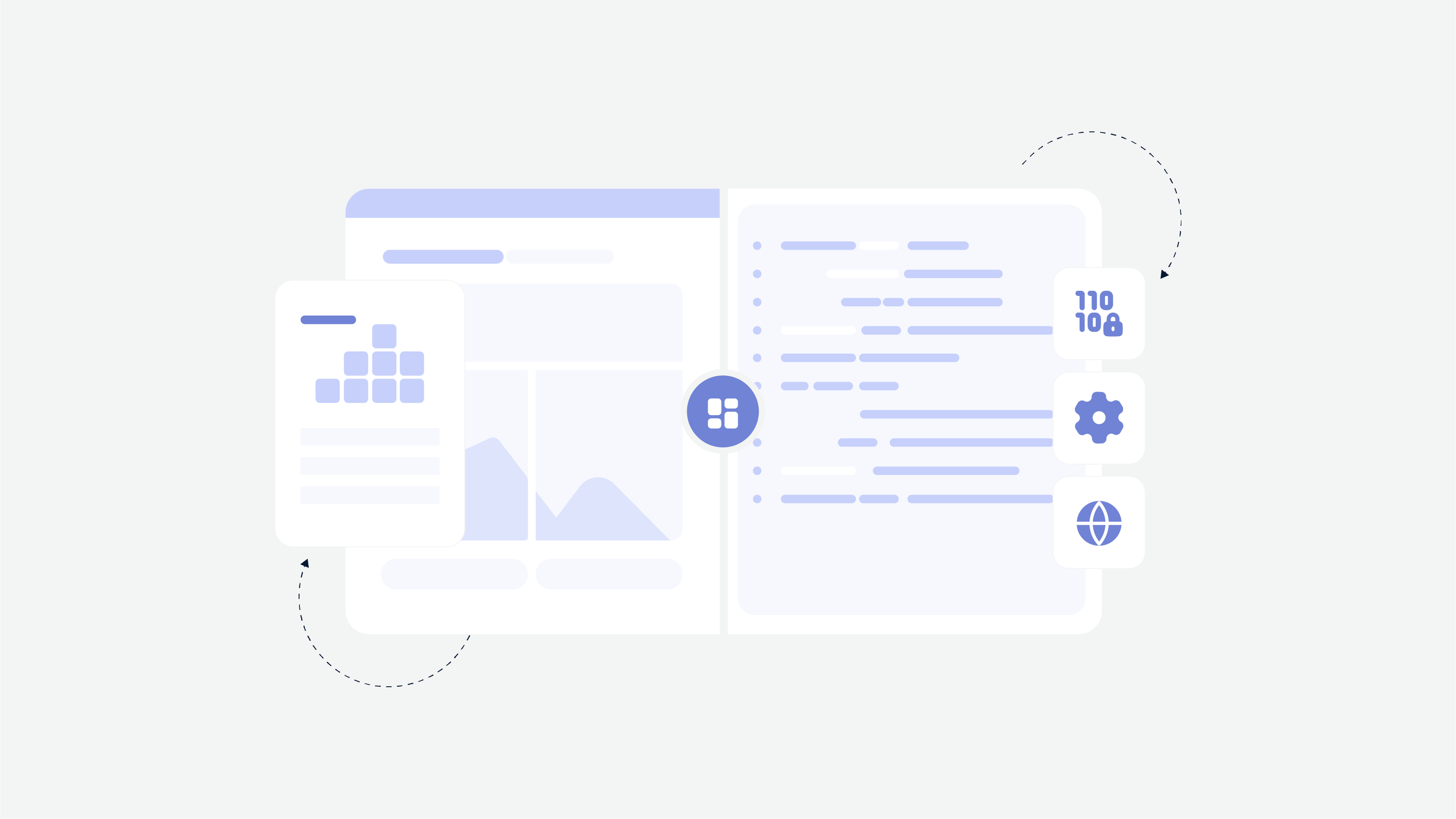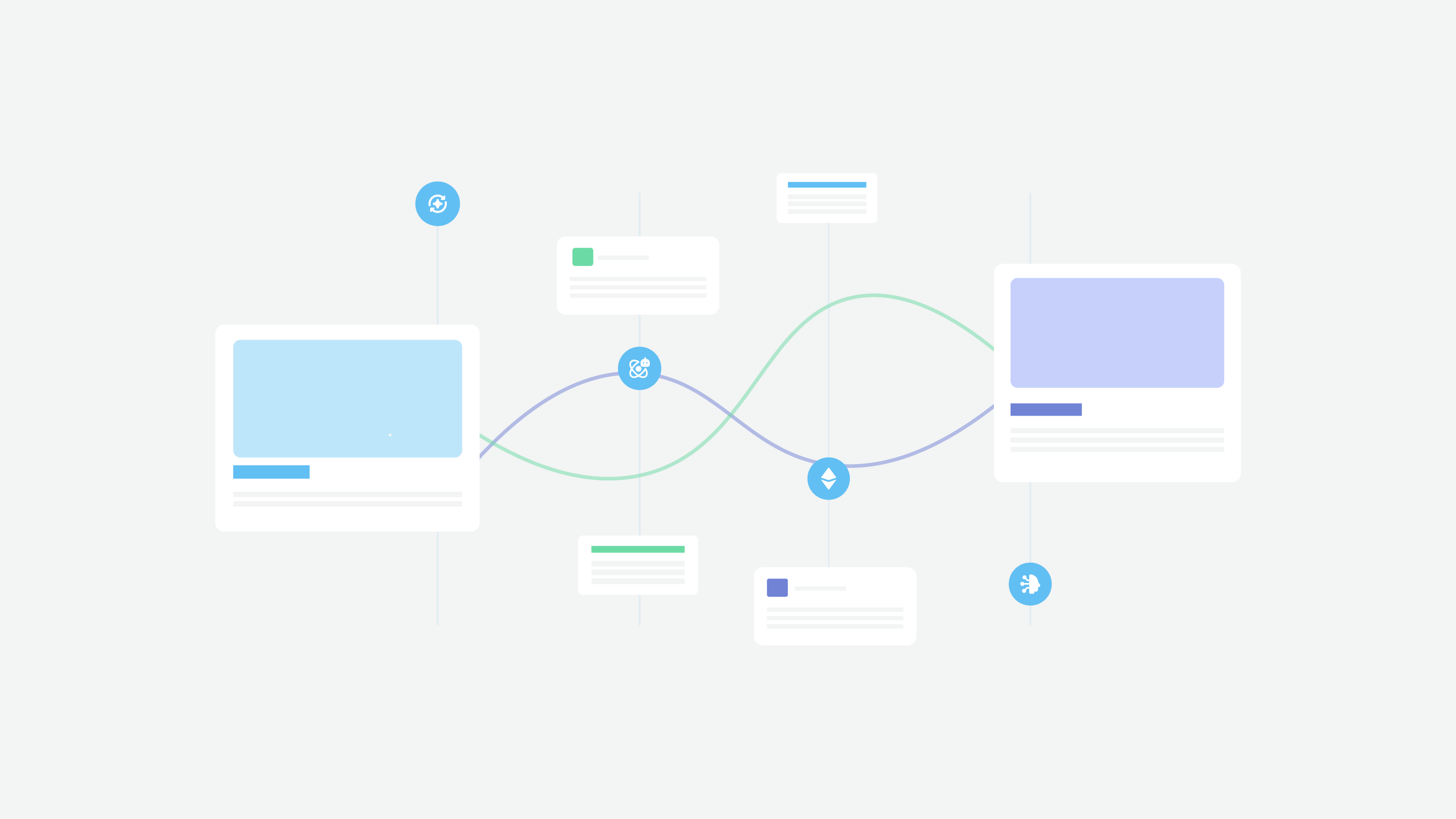Designing a mobile app is a pretty significant investment, on par with marketing and development. It is the design of your product that affects the level of user satisfaction, their attraction and retention, and, accordingly, the amount of income you can get.
So, expenses cannot be avoided if you want to make a profit. However, understanding them without prior experience can be difficult. Therefore, today we will try to outline the app design cost and the factors that affect it. We’ll also look at the different stages of the development process and tips for effective budget management.
What Factors Influence App Design Costs?
There is no reliable mobile app design company that will be able to tell you the total cost of their services right away. This is not because they are trying to hide something from you. The fact is that costs are often affected by very different individual factors, requirements, as well as unpredictable changes.
Let’s look at the most common influencing factors.
Mobile app complexity
The cost of mobile app design services directly depends on the complexity of the mobile application. Obviously, the creation of a simple application with basic functions will cost less than the development of a complex application with extensive functionality, integrations and special animations.
Also, remember that the more screens and user interactions your app has, the more time and effort designers will have to invest. The higher the final cost will be, respectively.
Customization and personalization
Depending on users’ needs, the industry, and your business’s unique characteristics, a certain degree of customization and personalization is expected for your application. This, too, can significantly impact the final cost of mobile app design.
For example, if you choose a custom design, unique graphics and user interface, all of these will take more time and resources than using standard templates or ready-made elements. The more unique and personalized the design, the higher the cost.
Integration with other systems
Integrations require additional planning, design, and testing to ensure seamless operation. The complexity and number of integrations can greatly influence the overall design expenses.
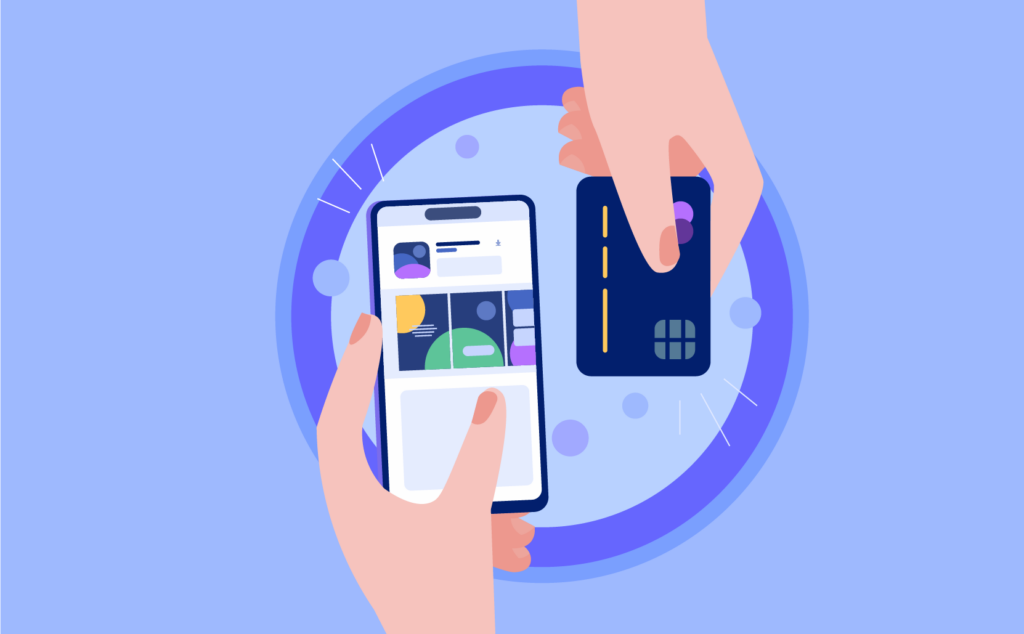
So, if your mobile app needs to integrate with other systems, such as databases, third-party services, or existing software, this can add to the cost of mobile app design services. Make sure you really need specific integrated services.
Incorporating user testing and feedback
Working on user testing and feedback in the development process is critical to creating a user-friendly app. This is your way of giving your users exactly the experience they need and not wasting money on unnecessary elements.
However, this increases the cost of mobile app design because it involves developing test scenarios, conducting usability tests, and iterating the design based on user feedback. All this is additional effort and man-hours. So the wider the testing phase, the higher the associated costs.
Location of the design team
The geographic location of your design team can affect costs. Designers in North America and Western Europe typically charge higher rates than those in Eastern Europe, Asia, or South America. However, this does not necessarily mean that you will receive better mobile app design services.
In order for the price to match the quality, it is necessary to focus primarily on the company’s design portfolio and the experience of its specialists. It is very important to balance the cost, quality and efficiency of communication.
Experience and skill of designers
The level of experience of the designers hired will also affect the cost. Experienced specialists with a wide portfolio and a proven reputation offer more and, therefore, ask for a higher payment for their services than less experienced ones.
While hiring experienced mobile app design teams can be more expensive, it can result in higher quality designs and potentially save you money in the long run. You won’t have to spend time on changes, corrections, and revisions.
Design approach and stages
How can the approach affect mobile app design and its cost? Very easy. The design process usually consists of several stages, each of which has its own requirements, list of activities, and costs.
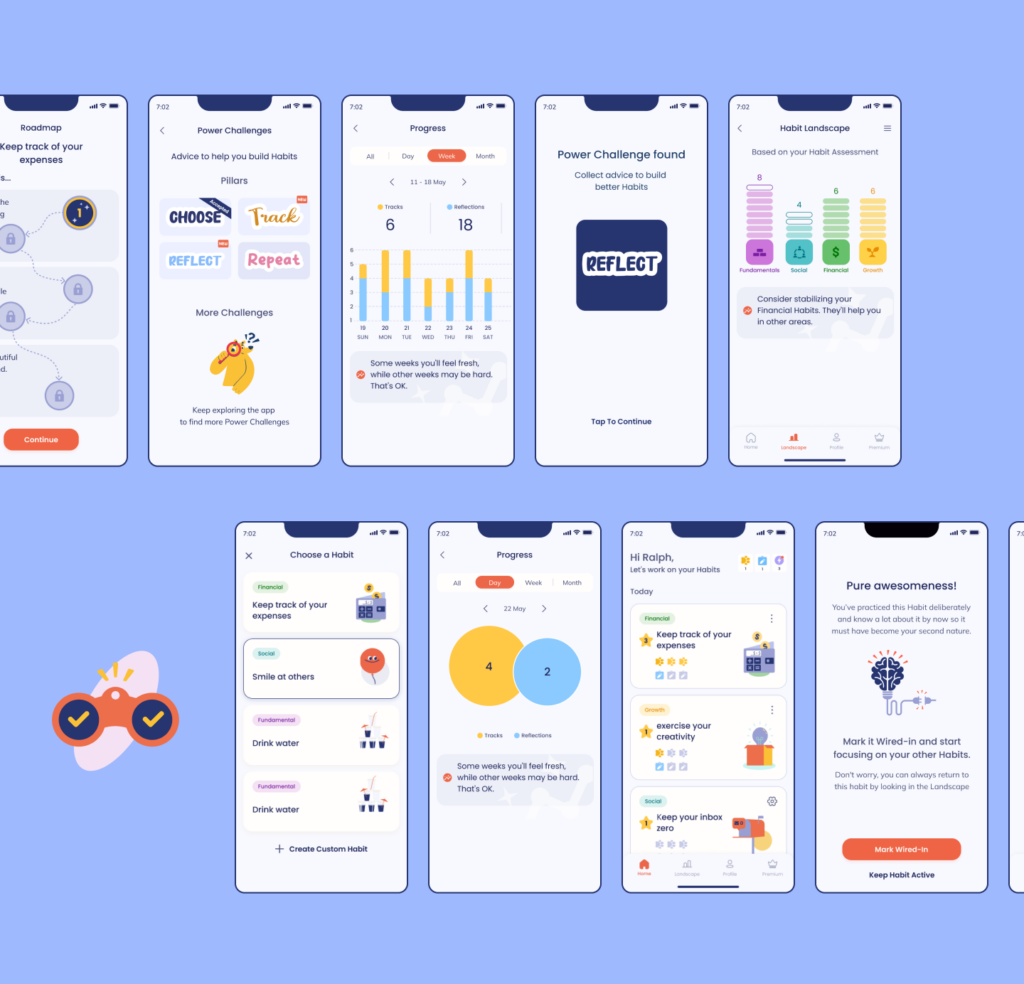
Understanding these stages can help you better estimate the total cost of app development. In addition, this way you will be able to spend your resources more wisely on higher priority stages.
Ready to bring your mobile app idea to life? Contact us today for a free consultation and let our expert design team help you create a user-friendly and visually stunning app!
Additional expenses to consider
- Revisions and iterations. These are a natural part of the mobile app design process. So, it is important to budget for multiple rounds of feedback and revisions to ensure the final mobile app design meets your expectations.
- Design tools and software. Here, everything depends on your collaboration model. If you hire an agency, you don’t have to pay for this. But with an in-house model, everything is different. Your mobile app designers will use various tools and software to create and refine app designs. These expenses can add to the overall cost.
- Testing and quality assurance. These processes are crucial for ensuring the mobile app design functions as intended across different devices and platforms. This phase involves usability testing, bug fixing, and performance optimization.
Read also: Uber-Like Taxi App Development: Business Model, Features, Cost
What Should Be Included in the Mobile App Design Cost?
A properly organized mobile app design process should be divided into clear phases. At the end of each iteration, you as a customer should receive certain results. Therefore, each phase has its own cost. Let’s look at each of them separately.
Discovery and Research
The discovery and research phase involves understanding the target audience, analyzing competitors, and defining the app’s goals and requirements. This phase is crucial for user engagement, as well as creating a mobile app design that meets user needs and stands out in the market.
Costs for this phase depend on the depth of research required.
Wireframing and prototyping
Wireframing and prototyping are essential steps in visualizing the app’s structure and flow. Wireframes are basic, low-fidelity sketches of the app’s layout, while prototypes are interactive models that simulate the user experience.
The cost of mobile app development services for this phase depends on the app’s complexity and the number of iterations needed.
Visual design
Creating the visual part is an important process in mobile app development services. Specialists design how your mobile app looks, including color schemes, typography, and graphic elements. At this stage, the aesthetics of your product come to life, which will broadcast the values and philosophy of your brand.
The cost of visual design can vary depending on the level of detail and customization required.
User experience (UX) design
Proper UX design focuses on creating an intuitive and seamless user experience. Tmobile app designers create seamless user flows, intuitive navigation, and engaging interactions. This is the only way to ensure the app is easy to use and meets the client’s expectations.
Costs for UX design depend on the app’s complexity and the number of user testing sessions required.
User interface (UI) design
User interface design is about creating visually appealing and, at the same time, interactive and practical, interfaces. This includes designing buttons, icons, and other interactive elements that users will interact with.
Costs for UI design depend on the number of screens and the level of detail required.
Strive for excellence? Check out our FinTech development services
Tips for Reducing App Design Costs Without Losing the Quality
Mobile app design services are a significant but necessary investment. Nevertheless, there are several strategies you can employ to keep costs under control while still achieving a high-quality design.
Here are some practical tips you may consider.
Be clear with your requirements
Experienced mobile app design companies always conduct research on your product to determine its unique features and needs. However, no one knows your business better than you.
Before starting the mobile app design process, clearly define the requirements and goals of your application. Detailed specifications help prevent misunderstandings and reduce the need for expensive revisions.
It is also worth making sure that all participants understand the scope, functionality and benefits of the project from the start. So you will be on the same page with the design team and will not spend extra money on revisions.
Prioritize app features
Try to pay attention to minor changes. Focus on the most important features for the initial launch of the application.
Prioritizing core functionality can help optimize the mobile app design process and reduce costs on unnecessary details.
Additional features can be added in future updates once the app is established and generating revenue. In addition, some non-priority features may become obsolete by the time you launch the product; and this is not rational expenditure of funds.
Opt for a minimal viable product (MVP)
You can always start with a minimal viable product, or MVP, to test your mobile app design concept with essential features only. This way, you and your team can validate your idea and gather user feedback without a significant upfront investment. Based on this feedback, you can then invest in additional design and features.
Hire professional remote teams
Maintaining an in-house team that would provide mobile app design services is very expensive. In addition to salary, you will have to pay rent, taxes, insurance, etc.
If your budget is limited or you just don’t want to spend money mindlessly, consider hiring a remote design team that has expertise in mobile app development and professional design. However, make sure you vet candidates thoroughly and check their portfolios and references.
Plan for Iterations
To lower the cost of mobile app design services try to budget for multiple iterations and revisions in your initial plan. Anticipating changes and feedback loops will help you better manage costs and timelines. Having a structured feedback process in place can also streamline revisions and reduce unnecessary expenses.
Take the most of existing design systems
You do not have to create only 100% unique mobile apps. If your application needs to adhere to specific design guidelines (such as those from Apple or Google), use their existing design systems and components. They offer pre-built design elements that ensure consistency and reduce the need for custom designs.
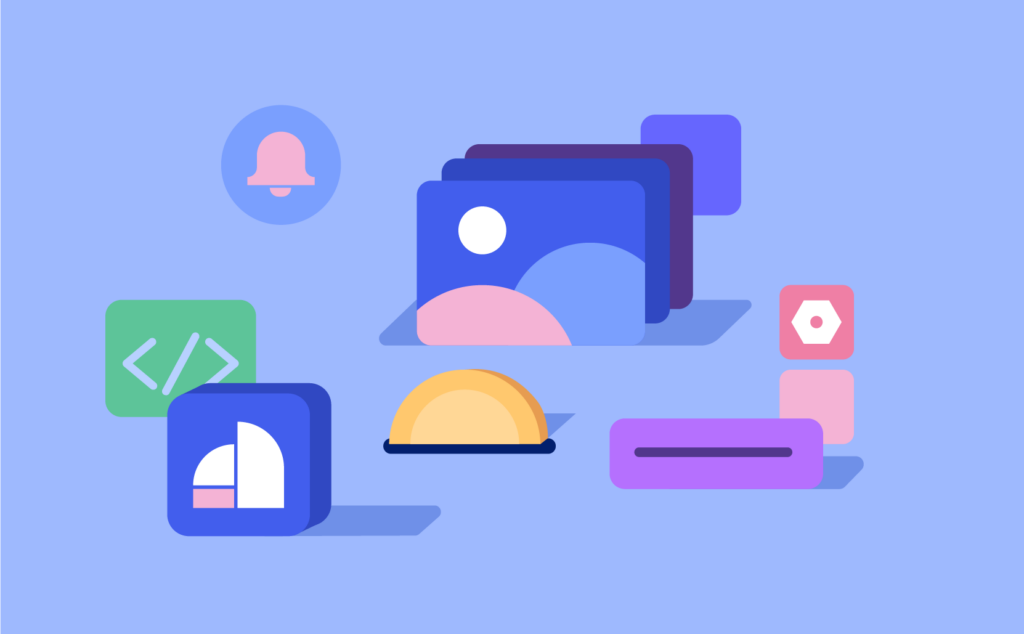
Collaborate closely with your mobile app design team
Maintaining open and regular communication with your design team can help to reduce the number of misunderstandings and mistakes. Thus, in turn, lowers the amount of revisions.
Clear and consistent communication helps prevent costly changes down the line. Regular check-ins and feedback sessions can keep the project on track and within budget.
Utilize user testing early
It is good practice to conduct user testing early in the design process to identify issues and gather feedback. Early testing can prevent expensive redesigns later by catching usability problems before they become ingrained in the app. This may make mobile app design services much cheaper without damage to quality.
Read also: How To Make An App And Make Money Out Of It
Focus on simplicity and usability
The best mobile apps are the simplest apps. So aim for a clean, simple design that prioritizes ease of use.
How does this affect the cost? Building and maintaining complex projects with complex animations and features can be expensive. A simple, user-friendly design can be just as effective and much more cost-effective.
Monitor progress and be involved
Even if you work with the most experienced and reliable mobile app developers, regularly monitor the progress of your design project. This will ensure that it stays within limits.
Scope creep, or the gradual expansion of project requirements, can significantly increase costs. Be careful about keeping the original plan unless the extra features are absolutely necessary.
Of course, over time you may see other ways you can effectively manage and reduce software development costs without compromising quality. However, in the initial stages, careful planning, clear communication, and strategic use of resources are key to success in mobile app design.
Wrapping Up
So, mobile app design is an important part of creating a truly competitive product. To control the entire process, you need to understand what affects the cost of designer services and what you pay for.
So, it is worth taking into account such factors as the complexity of the program, customization, integration with other systems, etc. Additionally, each stage of the design process, from discovery and research to user interface design, has its own set of requirements and associated costs.
However, there are practical strategies to reduce these costs without compromising quality. To do this, you need to define clear requirements and priorities of functions, test MVPs, and work with real professionals.
Clear and transparent communication is the key when choosing a mobile app design company. We at Cadabra Studio have enough experience and skills to create a unique design for your app. Let’s talk.

